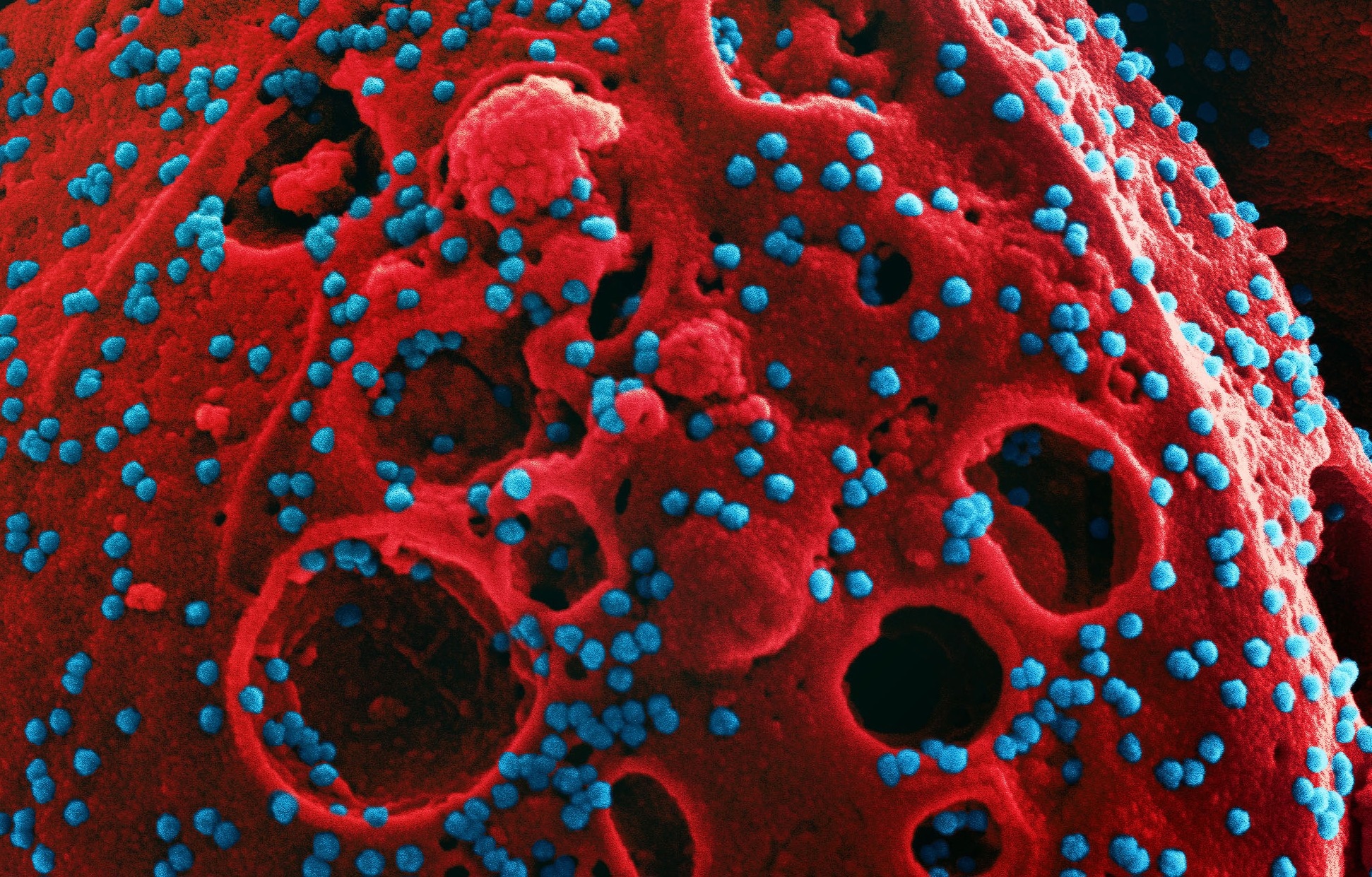The "Great Escape" by SARS-CoV-2 XBB.1

In a recent article published in the Lancet Microbe, researchers in the Netherlands and the United Kingdom quantified the antigenic diversity of new severe acute respiratory syndrome coronavirus 2 (SARS-CoV-2) subvariants, BQ.1.1, BM.1.1.1, and XBB.1, all derivatives of the variant of concern (VOC) Omicron, which emerged in late 2022. This exercise could prove fruitful in identifying SARS-CoV-2 strains for the next-generation coronavirus disease 2019 (COVID-19) vaccines.
 Correspondance: Antigenic mapping of emerging SARS-CoV-2 omicron variants BM.1.1.1, BQ.1.1, and XBB.1. Image Credit: NIAID
Correspondance: Antigenic mapping of emerging SARS-CoV-2 omicron variants BM.1.1.1, BQ.1.1, and XBB.1. Image Credit: NIAID
Background
It is highly concerning that novel Omicron subvariants are emerging at an extraordinary rate, despite vaccination and prior infection-induced immunity in the majority of the global population.
About the study
In the present study, researchers used antigenic cartography to quantify and visualize antigenic characteristics of SARS-CoV-2 variants concomitantly. Researchers widely use this multi-dimensional scaling method to ascertain antigen positions vis-à-vis antiserum samples, both corresponding directly to neutralizing antibody titers.
They used a SARS-CoV-2 hamster model for their experiments. First, they infected test animals with Omicron BA.5 subvariant, genetically close to Omicron BA.2, but varying by two deletions and three substitutions in the spike (S) amino acid sequence. Next, they assessed neutralizing antibody titers for all serum samples and variants, including Omicron BA.5, BM.1.1.1, BQ.1.1, and XBB.1.
Results and conclusion
The updated antigenic map so generated depicted that all the Omicron subvariants were positioned farther away from the pre-Omicron subvariants, with one antigenic unit reflecting a two-fold reduction in neutralization titers. Specifically, only BA.5 and BA.2, being homologous variants, held antigenic positions within one antigenic unit, whereas the remaining Omicron subvariants held antigenic positions 2.3 to seven antigenic units farther from each other.
Further, the study data revealed that Omicron BA.5 antiserum samples neutralized BA.2 and BQ.1.1 substantially but not Omicron BM.1.1.1. Strikingly, none of the serum samples effectively neutralized Omicron XBB.1. In both two-dimensional (2D) and three-dimensional (3D) maps, Omicron XBB.1, BM.1.1.1, and BQ.1.1 were the farthest from all preceding variants, with no marked improvement with the higher number of dimensions. The researchers observed a correlation between antigen map distances and antibody neutralization titers with remarkable accuracy in antigen and serum sample positioning. Also, they noted the highest reduction in neutralizing titers for BQ.1.1, XBB.1, and BM.1.1.1, followed by Omicron BA.5 and BA.1/BA.2 compared to the D614G, the ancestral SARS-CoV-2 strain.
Antibodies eBook

To conclude, none of the novel Omicron subvariants clustered close to each other on antigenic maps. So, despite the antigenic resemblances between BQ.1.1 and BA.5, immunological imprinting might hinder BQ.1.1 neutralization by BA.5-based bivalent vaccines. Moreover, a vaccine based on any of the Omicron subvariants might weakly cross-neutralize yet-to-emerge SARS-CoV-2 variants, which might be equally or more antigenically distant. Therefore, it is crucial to continuously map new SARS-CoV-2 variants and develop an understanding of their evolutionary trajectory to inform the development of COVID-19 vaccine candidates for the future.
Mapping XBB.1's antigenic distance (among others):
"We observed that human post-vaccination neutralisation titres reflected the antigenic map, as the largest reduction in neutralising titres compared with the D614G variant" https://t.co/epa5txNqqw @LancetMicrobe @bart_haagmans pic.twitter.com/oEIeUKt8HR— Eric Topol (@EricTopol) January 17, 2023
The Great Escape by XBB.1
Research from Erasmus Medical Center, Rotterdam
Shows how newer versions of the virus are escaping antibodies generated by previous versions, and also from vaccines
Graph shows the accumulating mutations on various parts of the Spike protein
1/3 https://t.co/T9aRY0NYBE pic.twitter.com/eM9nWPY8R5
— Rajeev Jayadevan (@RajeevJayadevan) January 17, 2023
- Antigenic mapping of emerging SARS-CoV-2 omicron variants BM.1.1.1, BQ.1.1, and XBB.1, Anna Z Mykytyn, Miruna E Rosu, Adinda Kok, Melanie Rissmann, Geert van Amerongen, Corine Geurtsvankessel, Rory D de Vries, Bas B Oude Munnink, Derek J Smith, Marion P G Koopmans, Mart M Lamers, Ron A M Fouchier, Bart L Haagmans, The Lancet Microbe 2023, DOI: https://doi.org/10.1016/S2666-5247(22)00384-6, https://www.thelancet.com/journals/lanmic/article/PIIS2666-5247(22)00384-6/fulltext
Posted in: Medical Science News | Medical Research News | Disease/Infection News
Tags: Amino Acid, Antibodies, Antibody, Antigen, Coronavirus, Coronavirus Disease COVID-19, covid-19, Exercise, Homologous, immunity, Omicron, Protein, Research, Respiratory, SARS-CoV-2, Severe Acute Respiratory, Severe Acute Respiratory Syndrome, Spike Protein, Syndrome, Vaccine, Virus

Written by
Neha Mathur
Neha is a digital marketing professional based in Gurugram, India. She has a Master’s degree from the University of Rajasthan with a specialization in Biotechnology in 2008. She has experience in pre-clinical research as part of her research project in The Department of Toxicology at the prestigious Central Drug Research Institute (CDRI), Lucknow, India. She also holds a certification in C++ programming.
Source: Read Full Article